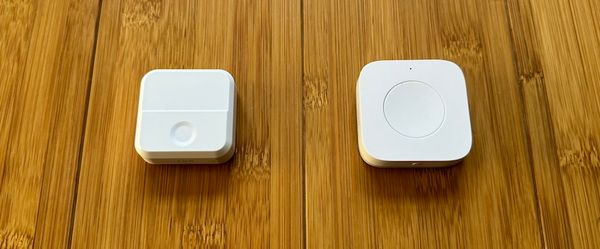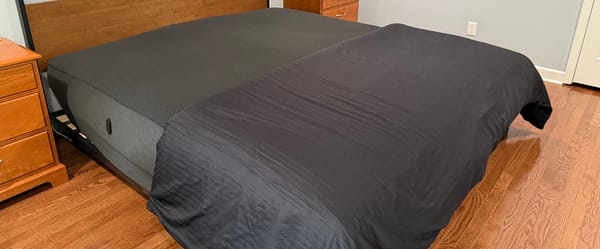Is Peloton Worth It? My Thoughts After Four Years
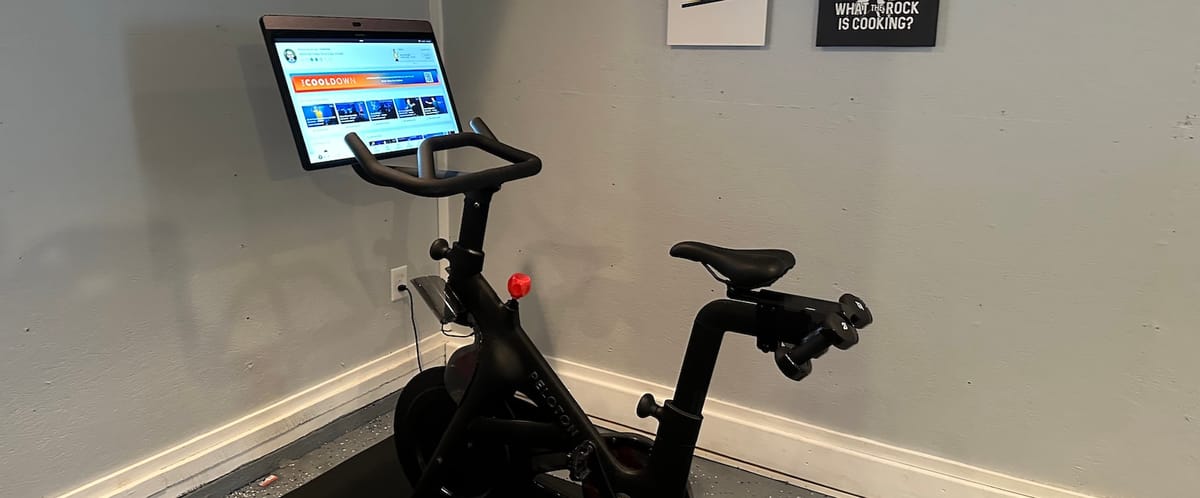
I've been a Peloton user for over four years, having bought my own bike, two years ago, after using my parent's for a couple of years. In that time, I've logged over 500 rides and have come to love the intense, 30-minute workouts.
Exercise used to be something I dreaded, but now it's a highlight of my day. I credit the Peloton for helping me shift my mindset towards fitness.
However, I'll be the first to admit that the Peloton Bike is expensive and comes with a monthly subscription fee. You can get the same benefits from other forms of exercise for a lower price. That's why I've compiled a list of five reasons to buy a Peloton and five reasons why it might not be right for you.
Five Reasons to Buy
1. Something for everyone
Peloton has something for everyone.
The instructors are world-class motivators, and they all have interesting personalities. Not every instructor will be a good fit for you, but after a couple of weeks, you’ll have a go-to instructor.
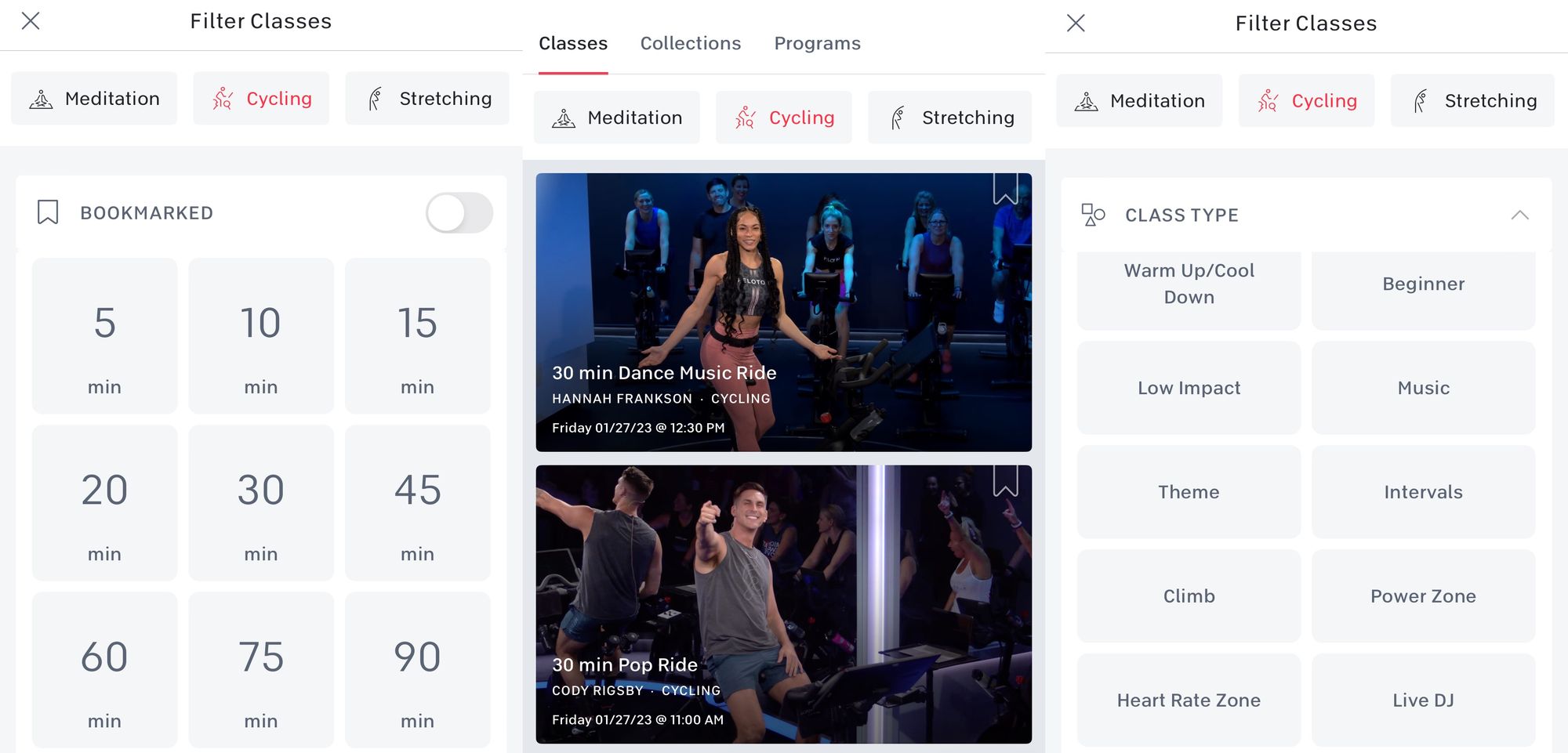
There are at least five new cycling classes posted per day, and there’s an on-demand archive from each live class.
Each class has a different difficulty level that’s displayed when you tap on the class. There are hills rides, beginner, advanced beginner, low impact, Tabata, and my personal favorite, the high-intensity interval training rides.
Most classes are structured around music, and there are 10 music genres to choose from.
The difficulty of the ride changes based on the speed of your legs (cadence) and how tough it is to peddle (resistance). The resistance is changed by twisting the knob left and right. The instructor tells you the cadence and resistance at each point in the ride, and there are indicators on the screen too.
These recommended cadence and resistance numbers are just a baseline and can be modified to whatever works for you.
If you want a day off from cycling, there’s yoga, strength, HIIT, pilates, core, and other exercises to do off the bike.
Once you find an instructor who you click with, you might want to follow them to one of their classes off the bike. It’s a great way to discover new exercises or programs you’ve never considered.
2. Convenience
The main reason people don’t exercise is that they claim they don’t have time. This is a lame excuse, but if you own a Peloton this excuse is eliminated.
Just turn on the screen, tap on your username, clip your shoes into the pedals, pick a class, and then pedal for 20-30 minutes.
With Peloton, you don’t need to drive to the gym, which means traffic or bad weather are no longer your concern.
You don’t have to wait at the gym for someone to get off your favorite piece of equipment. Plus, there are no awkward social interactions with people you don’t want to deal with. Everything is done at your convenience.
3. Fitness Motivation
A few other reasons people don’t exercise regularly are due to not having motivation, getting bored easily, or not wanting to workout alone.
Peloton fixes these issues by gamifying the experience and making it more fun.
You can ride while the class is live, but each class is recorded and can be taken on-demand instead.

For those who are competitive, each class has a leaderboard on the right side of the screen where it shows where you stand amongst other riders. If you’re not in the live session, the leaderboard updates as if you were in the original session. It’s like you’re riding with them even if they completed the class days ago. For example, the leaderboard shows the real-time output for each rider at each specific point in the ride.
For an on-demand class, there may be more than 30,000 riders who have taken the class. If you want to ride with a smaller group, every five minutes “Sessions” are available. In a session, you’ll ride in a previously recorded class with a small group of people (usually around 10).
The sessions are a way to amp up the competition and make the leaderboard seem more real. I’ve had some of my best output numbers during sessions because I stare at the leaderboard to make sure none of the clowns behind me can pass.
If you’re not competitive or find the leaderboard overwhelming, all stats can be hidden from the screen. Sometimes it’s best to just compete against yourself and your previous output numbers.
Peloton logs your output and other performance stats for each ride, tracks your personal bests, and keeps track of any streaks.
You can join a pre-existing Peloton group or create a new group. Each group is represented with a hashtag, and it appears on your profile page. Groups are a cool way to compete with friends and hold each other accountable. Lots of these groups exist outside of Peloton’s network on Facebook and Twitter too.
Peloton’s combination of the giant community, great instructors, leaderboard, and awards are all great ways to keep you motivated and make exercise fun.
It’s easier to pedal faster when an instructor tells you to and everyone else is following along. Like I’ve said with Apple Watch, ideally, we shouldn’t need exercise to be gamified to take care of our bodies. But if we’re making better health decisions because of tech, does it matter where the motivation comes from? I don’t think so.
4. Build Quality
I can’t speak directly to the build quality of Peloton’s competitors, like Echelon or Nordictrack, but Peloton is a well-built machine.

There are a couple of exceptions like the cup holder and weight holder, but almost everything looks and feels well-built. The seat and screen can be adjusted easily and always feel sturdy.
How about longevity?
I’ve had my Bike+ for two years and once I wipe down the sweat it still works and looks new. My parents have had their Peloton Bike for five years and it still works great too.
5. Integrations
If you have the Whoop strap, your heart rate can be displayed on the left side of the screen. Or the same thing can be done with your Apple Watch if you have the Bike+.
There are Apple Music and Spotify integrations too. With your music account signed in, when a song plays during your ride, just tap the heart button and the song gets added to a playlist.
I’d expect more integrations with other software and devices in the future too. For example, with the music services, it’d be nice to play your Apple Music through the Peloton speakers during the scenic rides.
Five Reasons to Not Buy
1. Expensive
If you're buying, the Peloton Bike is $1,445 (or $120/month for a year), while the Bike+ is $2,495 (or $208/month for a year).
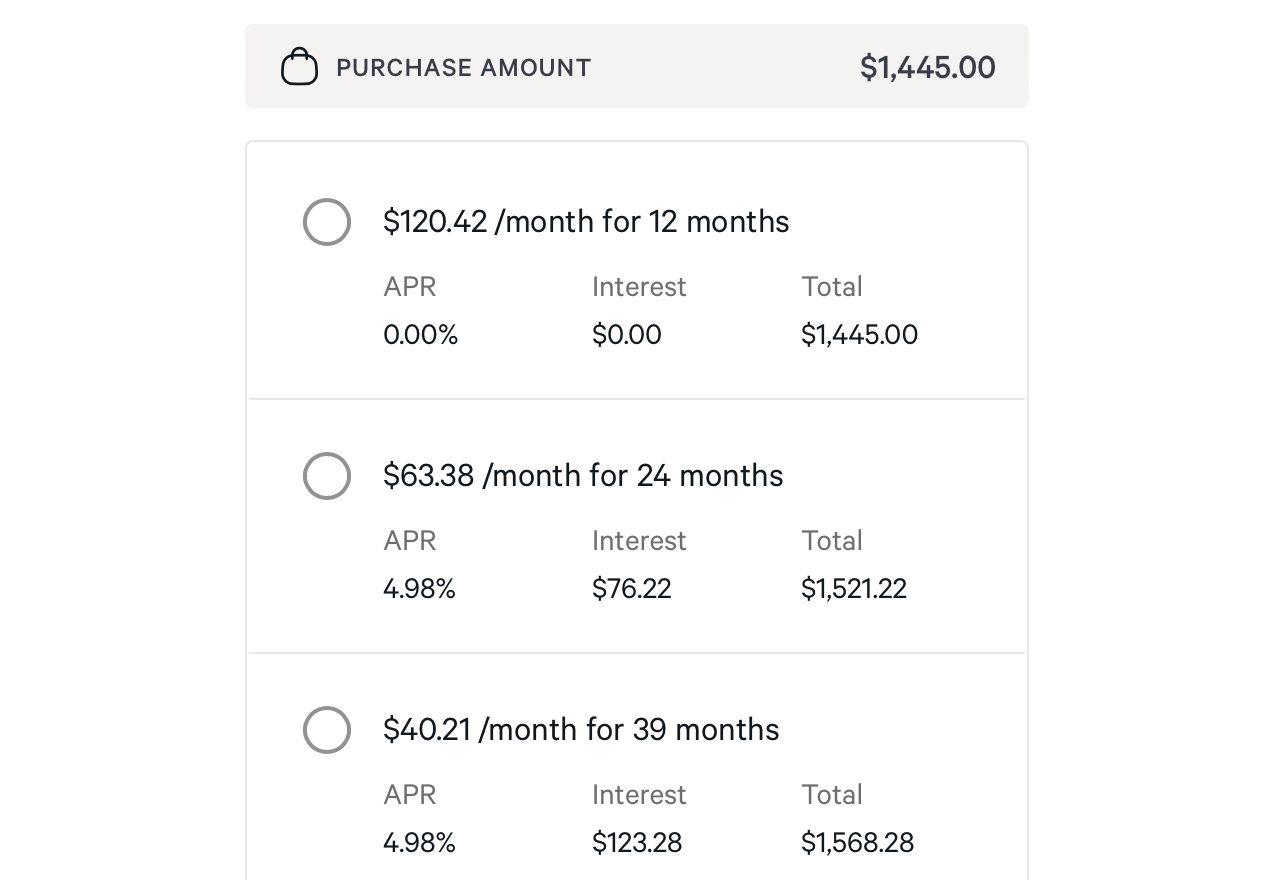
The accessories are costly as well. While you don't have to purchase official Peloton gear, you need shoes with bike cleats. The official Peloton branded shoes are $125, while alternatives can be found for under $70. If multiple people plan on using the bike, additional pairs of shoes may be necessary too. Even the mat for the bike to sit on is $75.
Should I rent one?
Peloton recently introduced a rental option, which is a brilliant idea for the company, but not for the customers. To rent, the regular Bike requires a one-time delivery fee of $150 and a monthly fee of $89. For example, if you try it for two months and it doesn't work out for you, you'll only have spent $328 and you're not obligated to pay anymore. Pick up is free when you decide you don’t want it.
Renting the regular Bike for a year will end up costing you $1,218. After that, you can keep renting or purchase it for $895, bringing your total cost to $2,113. However, it's worth noting that buying the regular Bike directly costs $1,445 and comes with a 30 day commitment-free policy. If you're unsure about committing to a Peloton Bike, why not just buy it and try it for 30 days? You can always return it if it's not for you.
2. Subscription
Peloton requires a monthly subscription for $44/month.
Without the subscription fee, the Peloton is essentially a stationary bike with a blank screen attached. The pedals will move but you won’t have access to classes and your data won’t get logged.
The good news? Everyone in your household can ride on the same plan.
$44/month may seem like a lot after dropping $1,500 for the bike, but let’s put it into perspective.
Budget gyms like Planet Fitness are close to $10/month, but the average gym membership in the US is about $65/month. While the average spin class is about $20 per session. More specifically, SoulCycle is around $30 per class.
Peloton looks like a bargain compared to the alternative spin options. Unless you place a high value on the in-person aspects of working out with friends, Peloton is a better bet.
3. Delivery
It took me three months to get my Peloton Bike+ after placing the order. But current wait times are down to 2-4 weeks, which isn’t ideal.
To make matters worse, Peloton doesn’t have a dedicated delivery team. My bike was delivered by two guys who didn’t speak English. Due to the language barrier, they couldn’t show me how to use it or answer questions.
The delivery crew rushed to get it set up as quickly as possible.
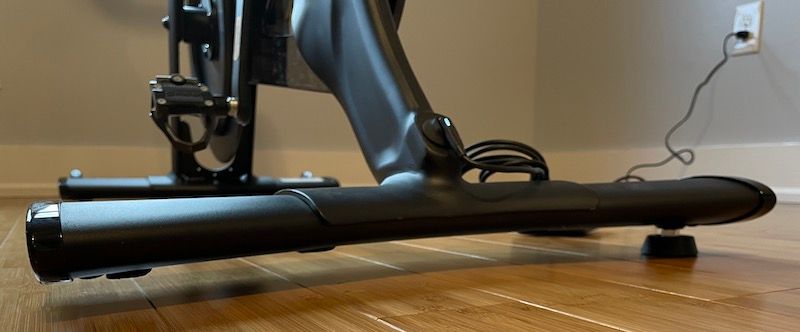
They were in such a rush that they left my bike without a foot so I couldn’t use it right away. Luckily, I called Peloton and after exchanging a few emails, I got a new foot for my bike within a week.
Not everyone will have a bad delivery experience, but Peloton needs to have a standardized delivery process. I’d like to see the delivery guys have basic Peloton knowledge to answer questions.
4. Nice Weather
Originally, I thought that I’d probably be wasting my money with the subscription during the summer months because I’d want to run, hike or bike outside with nice weather instead.
This is partly true! My usage was cut in half compared to the winter. But to my surprise, I never regretted the monthly subscription fee during the summer, especially when I considered my wife’s rides too.
Even when the weather’s nice, there’s something special about 30 minutes of intense cardio and competition that fixes my brain and makes me feel refreshed after. It’s nice that I can do this on command without needing the gym.
Just keep in mind, you probably won’t use it as much during the nice weather months and that’s perfectly fine.
5. Company Longevity
Peloton’s business is a different place than last year. Covid is winding down and so is customer growth.
Their stock is down more than 90% from its peak. Peloton named a new CEO, closed down one of their warehouses, and laid off almost 3,000 employees.
They’re desperate the new Peloton Row to be a hit. Or, they need subscriptions for the phone app to take off amongst non-bike owners.
How is this relevant to bike owners?
As Peloton’s business continues to struggle, they’ll need to make changes and they may become an acquisition target from the likes of Amazon, Apple, Google, or Nike.
Would the acquiring company keep Peloton’s core values intact? Will your favorite instructors stick around? I don’t know the answer to these questions, but it’s hard to believe that new bike owners won’t get support for their bikes for at least the next five years or so.
In my biased opinion, I think Peloton turns things around. I like betting on companies that have a cult-like following, like Peloton. I hope that Peloton’s passionate fan base will help lead Peloton to its next chapter.
The business side of Peloton probably doesn’t matter to Peloton owners, but when you’re spending thousands on a product and promised good content, it’s worth considering what the future looks like.
Who should get one?
The cost of the regular Bike is $1,445 and the subscription is $44 per month, which is expensive. However, if you opt for interest free financing, the total monthly cost for the first year is $164 (including the subscription fee). After the first year, you'll only be responsible for the $44/month.
Rationally, someone like me, who’s self-motivated and likes to exercise outside for six months of the year, shouldn’t buy a Peloton because it’s not the best value. With that being said, I love my Peloton and want to keep it forever.
Could I find more affordable ways to exercise? Definitely. But the bike makes me happy and keeps me healthy.
Let’s look at some math to rationalize the purchase.
If I ride 4 times per week during the cold months, then 1.5 times per week during the warm months, that’s close to 150 rides per year.
If I keep this pace for five years, it’s about $6.50 per ride (using the Bike Plus for math). And if my wife rides an equal amount during those five years, it brings the cost down $3 per ride, which is tough to beat.
If you lack exercise motivation and need the full power of the Peloton cult behind you, you won’t regret your purchase. You won’t find a better value for your time than 30 minutes on the bike.
Sure, $164/month sounds expensive (for the first year), but if it helps you stay in shape and live longer, that’s a bargain. I’ve watched the bike motivate both of my parents to exercise regularly, and it even helped kickstart my passion for working out four years ago.
If you exercise every day without needing motivation, Peloton probably isn’t a necessity, but it’s still a lot of fun if you can afford it. If you have any competitiveness in you, it’s a must-have.
Which model should you buy?
I own the Bike+, but I recommended the regular Bike because the Bike+ isn’t worth the extra $1k. If you want to learn more about the differences between the two bikes, check out my comparison post: Peloton Bike vs. Bike+.

